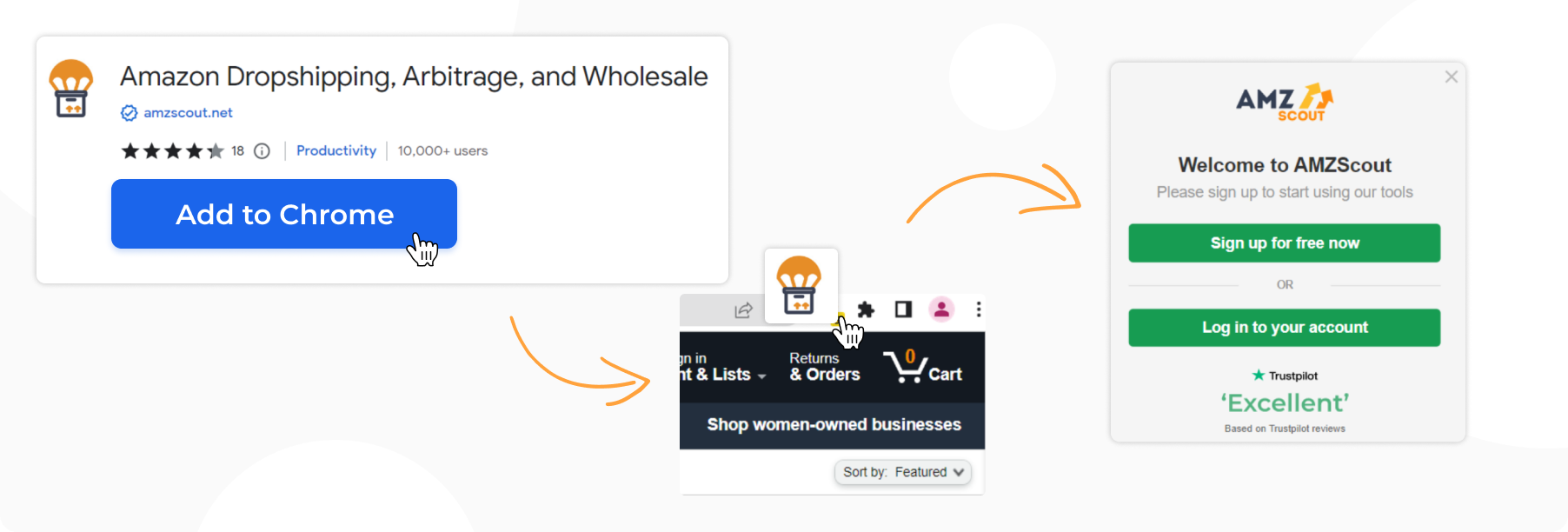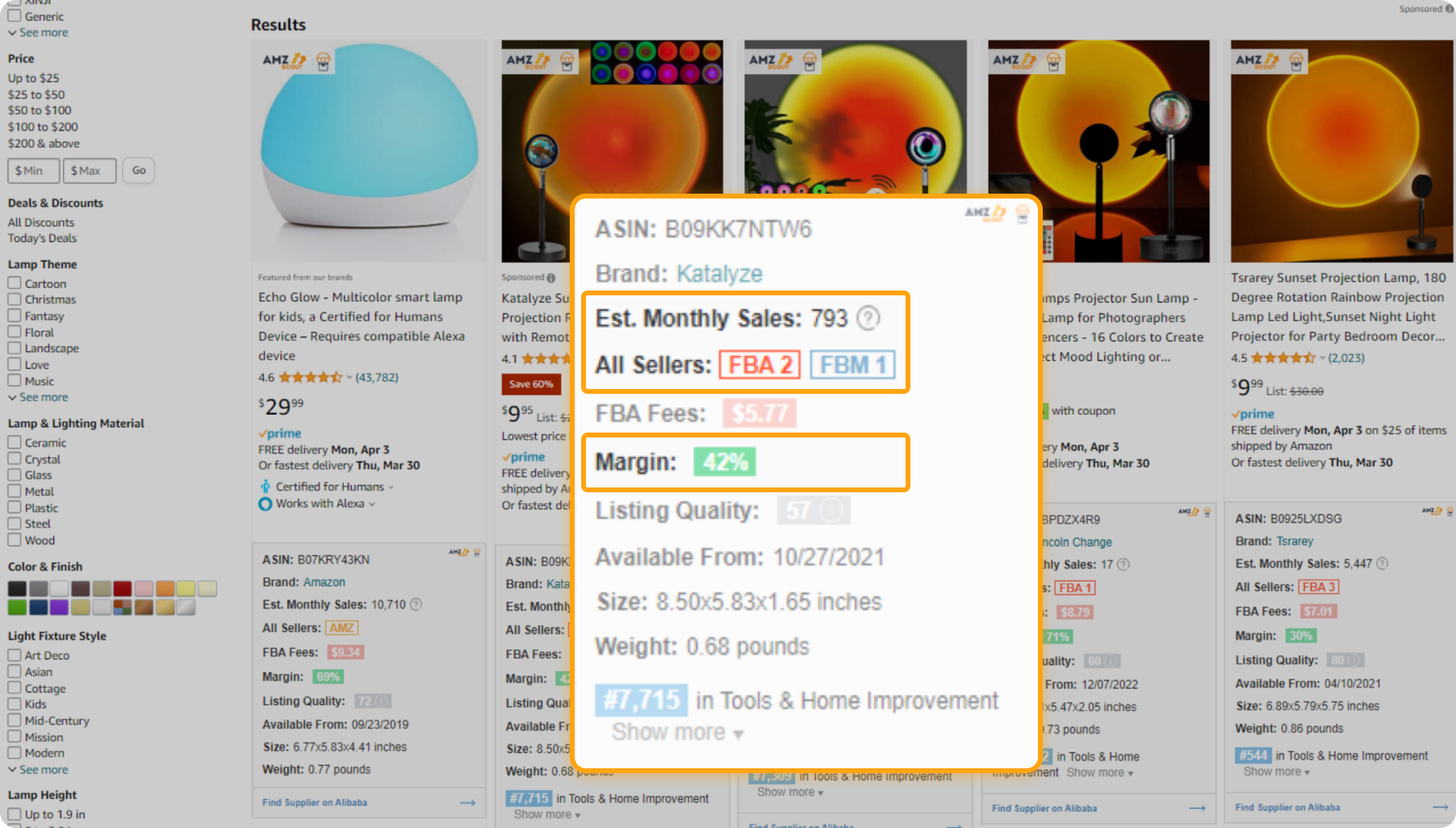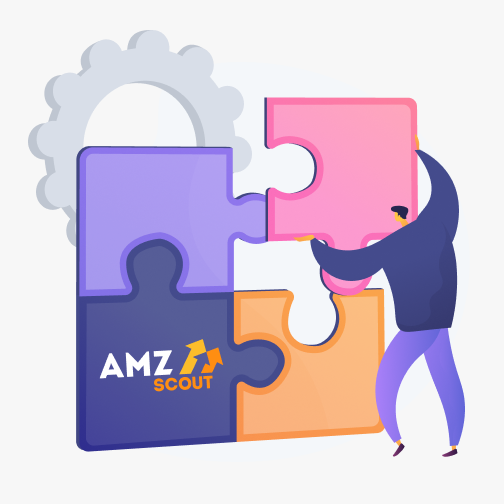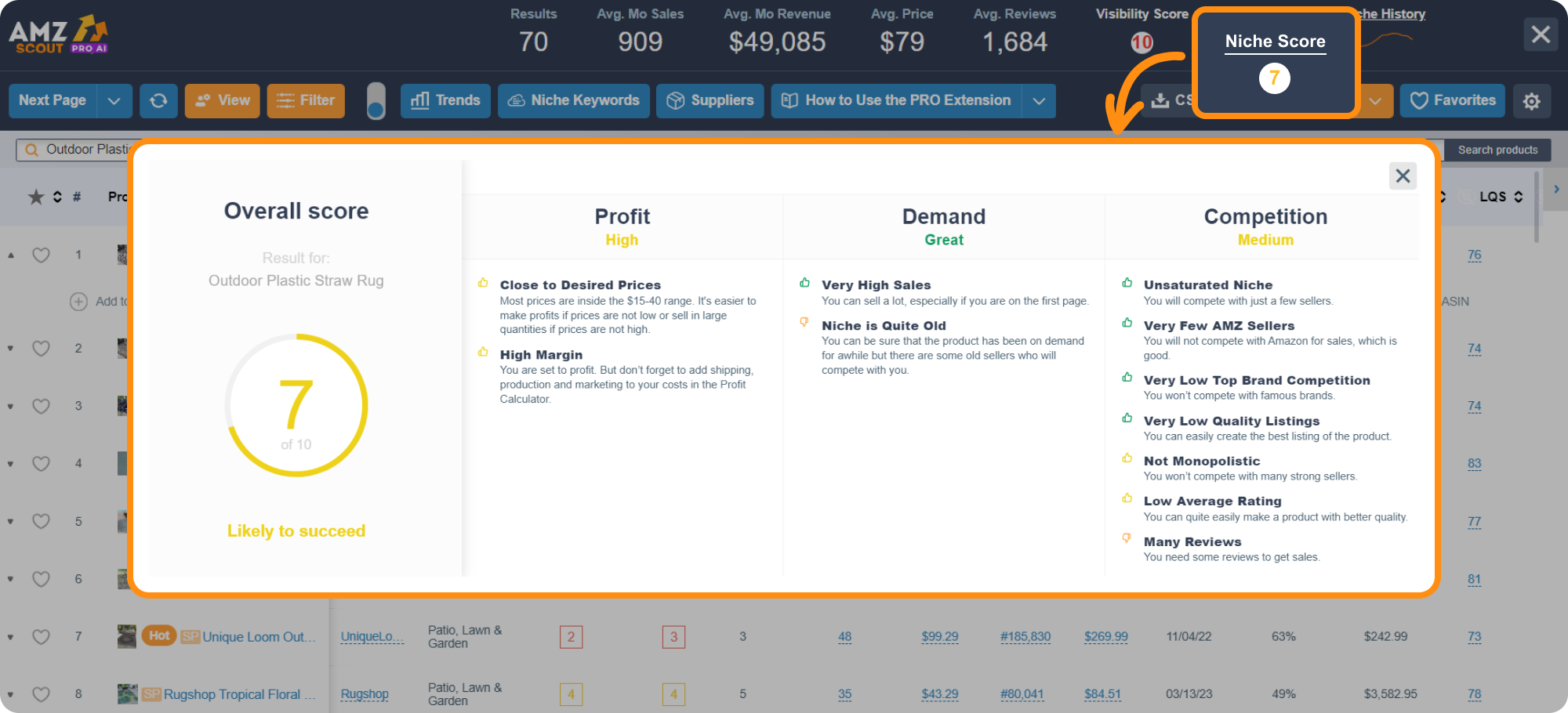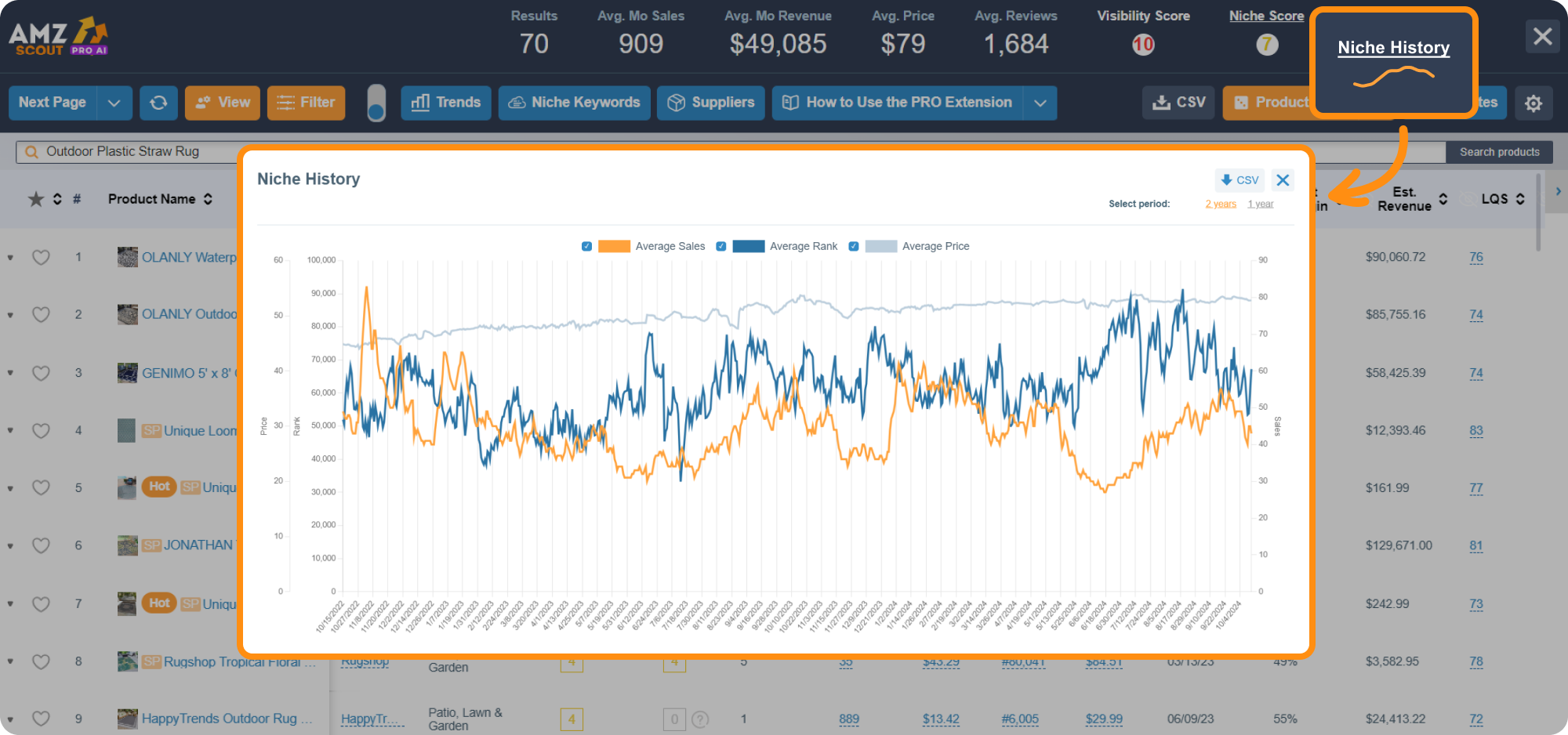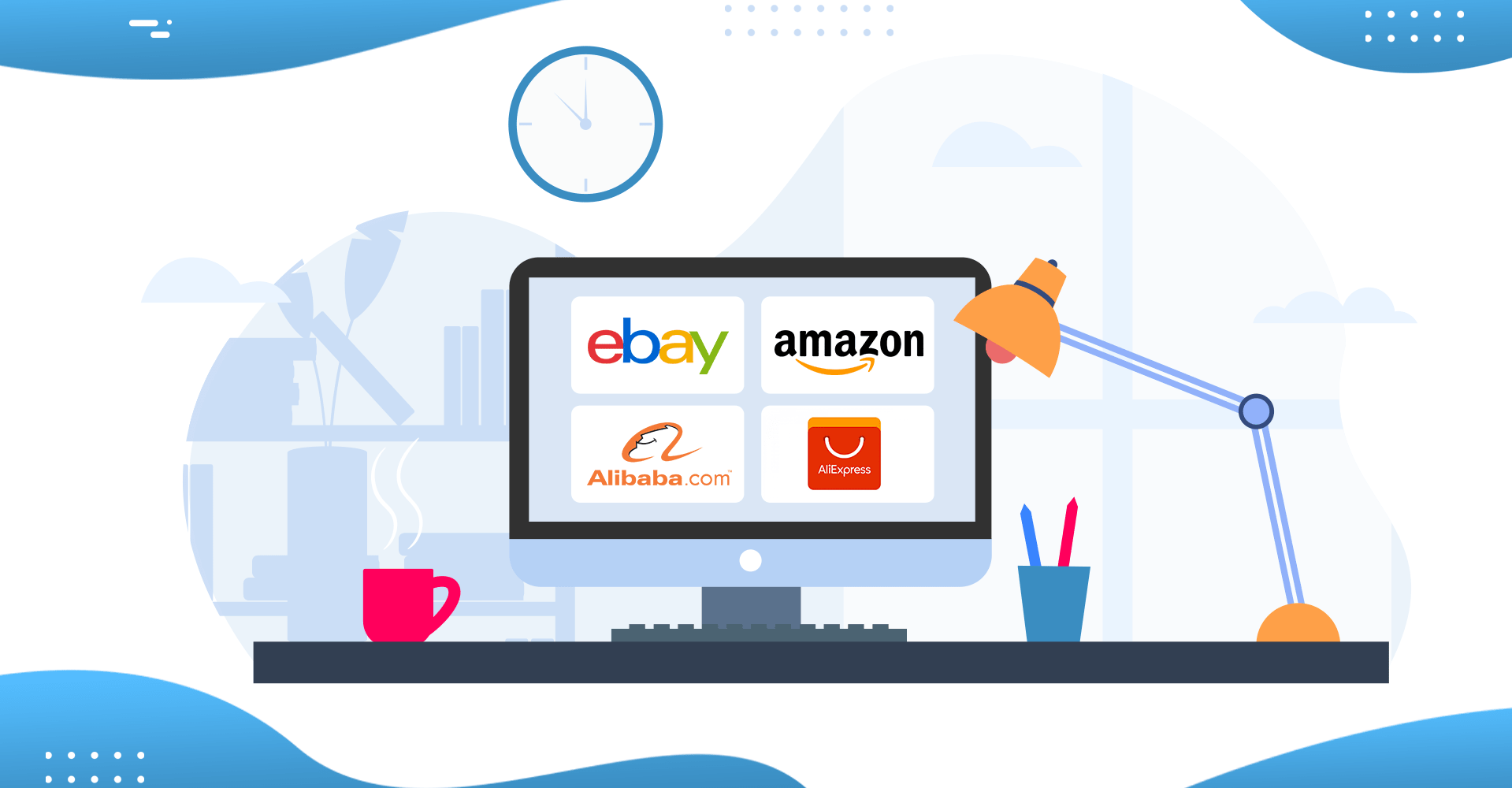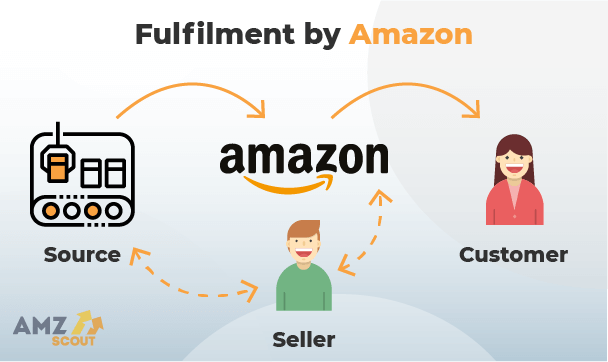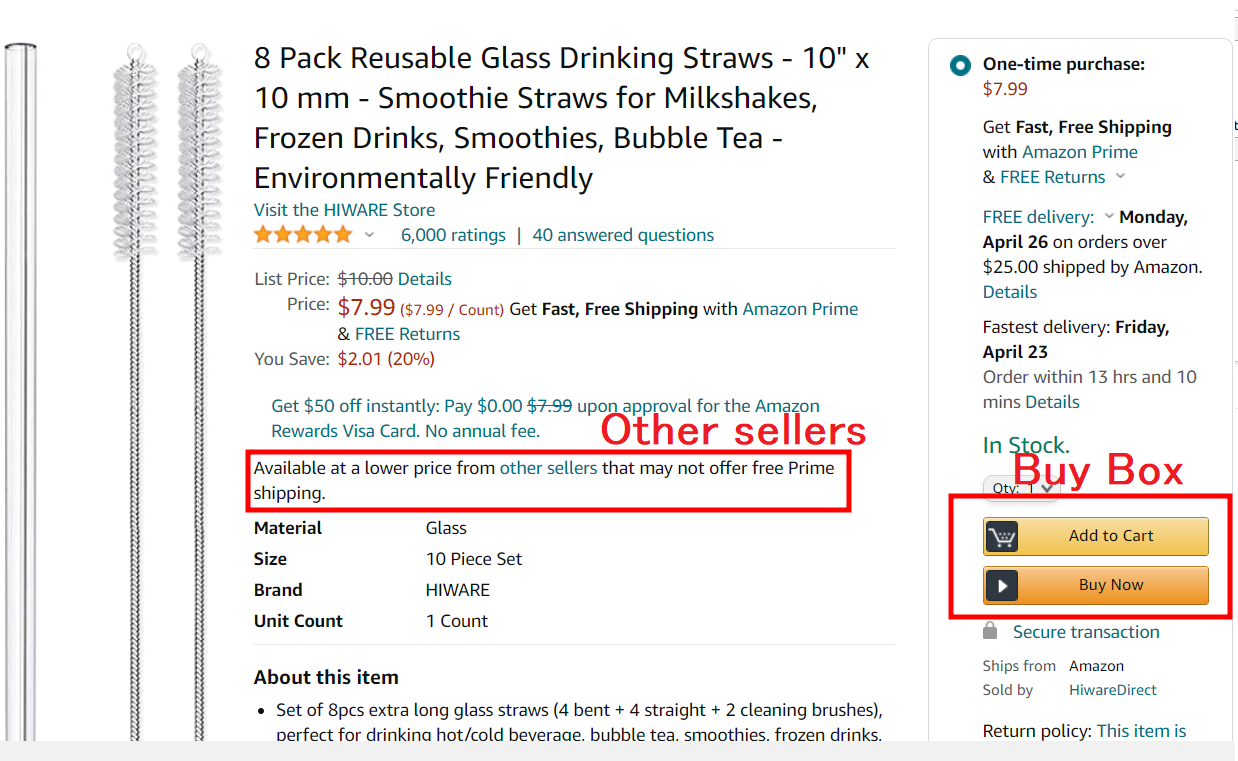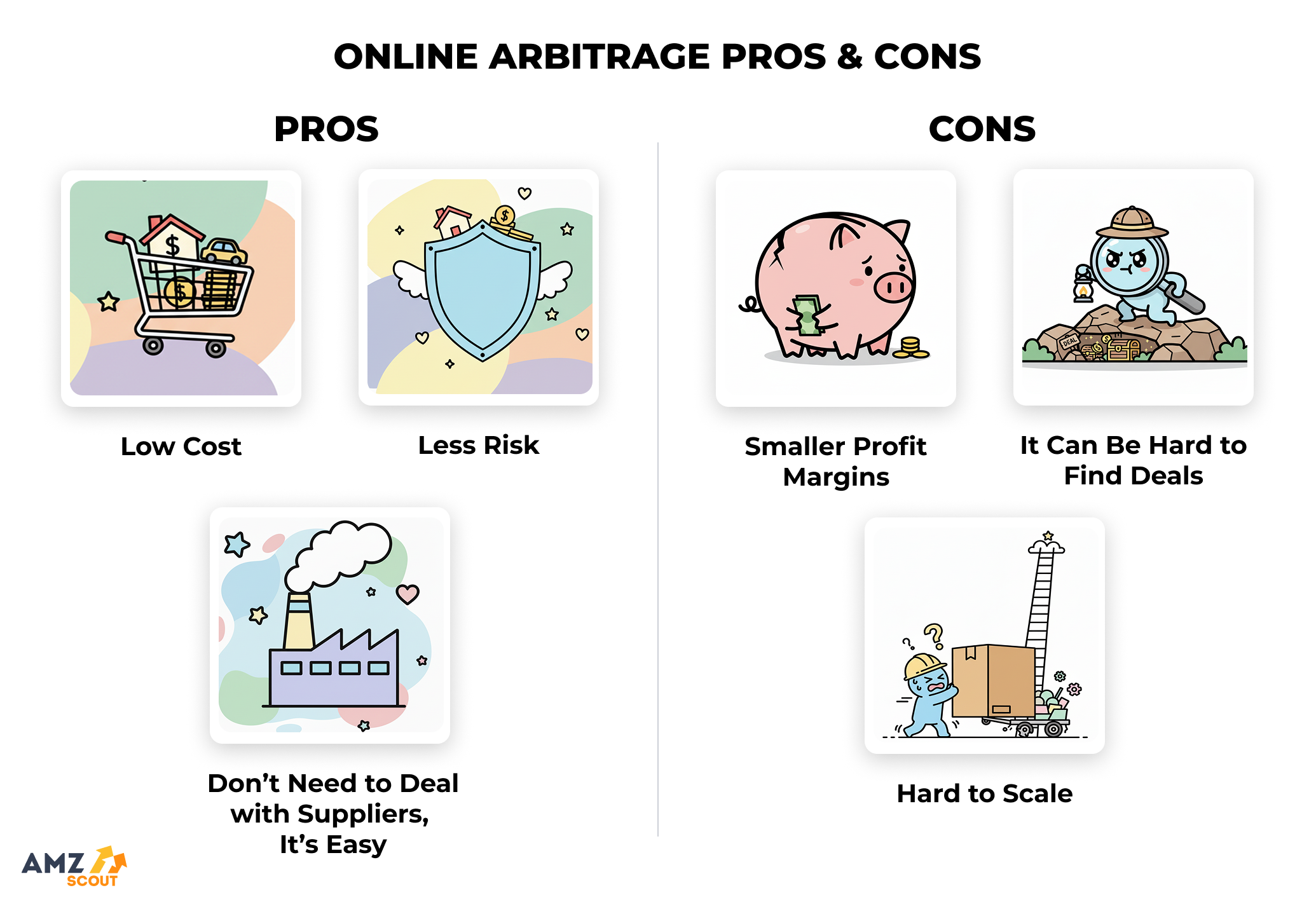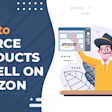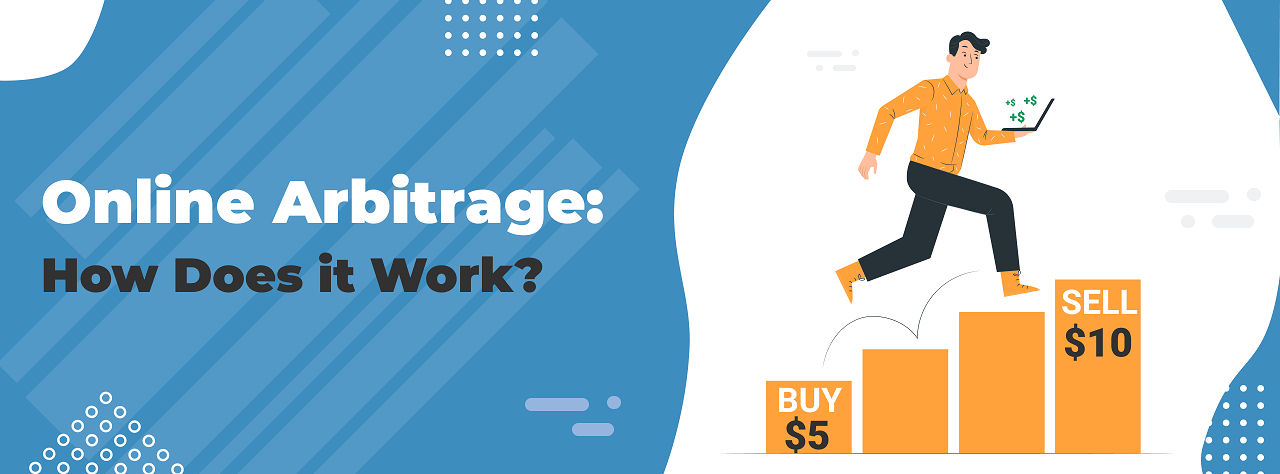
How to Start an Online Arbitrage Business on Amazon in 5 Steps
When it comes to selling on Amazon, one of the biggest hurdles people face is figuring out how to acquire products to resell on the platform. There are a number of strategies you can use, but online arbitrage is one of the easiest.
In this step-by-step guide, you’ll learn everything you need to know about online arbitrage. We’ll also let you in on some tips to ensure you choose the right products and execute this tactic effectively.
Table of contents
What is Online Arbitrage?
Online arbitrage is the process of buying products from one online marketplace (often at a discount) and reselling them on another platform, like Amazon, for a profit. Unlike traditional retail or wholesale, this method doesn’t require working with suppliers, placing large orders, or visiting physical stores or factories. You can run the entire operation from home with a minimal upfront investment, making it a convenient and cost-effective way to start selling online.
How Does Online Arbitrage Work?
Online arbitrage is the practice of taking advantage of price differences between websites. You purchase products at a lower price from one online store and resell them at a higher price on another platform. If the profit margin is strong enough, this model can generate consistent income, and even be scaled into a full-time business. The core idea is simple: buy low, sell high.
For example, you might find a book being sold on eBay for $5, but when you check Amazon it’s selling there for $10. So, if you buy it on eBay and sell it on Amazon you’ll make a $5 profit.
Is Online Arbitrage Legal?
Yes, online arbitrage is legal. Just make sure every product is genuine and not restricted, and that you follow the marketplace’s rules as well as any local or state regulations related to sales and taxes.
How to Do Online Arbitrage: 4 Steps
When executed properly, online arbitrage is a great way to make money on Amazon. However, that doesn’t mean you can buy and resell any product and expect to be profitable. Success in arbitrage requires careful research, understanding of market trends, and effective execution of buying and selling strategies. In order to do it right, you need to perform thorough research and perfect your strategies.
Here are the four steps you need to take to start a successful online arbitrage business on Amazon:
1. Generate Product Ideas
There are millions of different products sold on Amazon, so when it comes to choosing one to sell the process can be overwhelming. Here are four proven ways to find product ideas:
Social media: Explore platforms like TikTok and Instagram to see what kinds of products are attracting likes, shares, and hashtag attention.
Product research tools: Use tools like the AMZScout Product Database, which includes data on over 600 million items. You can filter by your desired metrics like competition, revenue, price, and more.
Bestseller lists: Take a look at the top-selling products on marketplaces like Amazon and eBay to spot what’s trending.
Google Trends: Use Google to spot global demand patterns. However, keep in mind that this option doesn’t show marketplace-specific data.
Once you have a product in mind, you need to analyze whether it is really profitable and worth pursuing.
Validate Product Ideas with the AMZScout Amazon Dropshipping, Arbitrage, and Wholesale Extension
AMZScout’s OA Extension is tailored specifically for online arbitrage to help you evaluate product potential, avoid restricted products, and comply with Amazon’s rules. The tool is powered by real Amazon data and automatically calculates profitability, making it easier to find products that match your business goals.
Here’s how to use it:
1. Install the Amazon Dropshipping, Arbitrage, and Wholesale Extension.
2. Search for products. Use Amazon's search bar to look for products you’re interested in. Open the product page to access detailed insights.
3. Check for selling restrictions. In the built-in panel to the right of the product page, check the following indicators to spot any potential selling restrictions:
Gated category: The tool will show you if the item belongs to a restricted category that requires Amazon’s approval (for example, a branded product that requires you to submit a reseller certificate before you can sell it).
Private label: It will reveal whether the product is exclusive to one brand or available for resale by multiple sellers.
HAZMAT warning: The extension will alert you if the product contains hazardous materials, which could involve special handling or certification.
Trademark check: Use the ™ icon to see if the product is trademarked. If it is, you may need to obtain permission from the brand to resell it.
4. Assess product history. Use the “Rank, Price, and Buy Box History” tool to analyze trends in product rankings, price, and sales over time. This data helps you understand market dynamics and determine optimal pricing strategies.
5. Determine the competition. Review the relevant details shown at the top of the built-in window to see:
Number of competitors: If there are more than 10 sellers offering the same product, the competition might be too intense.
Amazon's involvement: Steer clear of products where Amazon is also a seller, as it can be challenging to compete with their presence.
6. Calculate your potential profit. Use the built-in profit calculator to confirm that your profit not only covers all expenses but also leaves room for scaling your business.
Note: The extension also provides the product’s estimated monthly sales. This information helps you gauge demand and make informed decisions about which products to sell.
Use this tool to check data for any product you’re thinking about reselling on Amazon. If the tool indicates that you can make a nice profit, go ahead and buy it. However, if it shows that you’ll make little or no money, you can confidently move on and find a more profitable opportunity.
Assessing the Niche Viability
It’s also helpful to look at how similar products are performing, as individual success can sometimes result from luck, unique seller skills, or other factors that may not apply in your case. That’s why analyzing the entire niche is important, as this reveals broader trends and helps you confirm whether the niche as a whole is truly profitable.
Analyzing a niche manually can be time-consuming and is often limited by the lack of publicly available data. That’s where the AMZScout PRO AI Extension proves valuable. This tool streamlines the research process and gives you data-driven insights instantly.
Here’s how to use it:
1. Install the AMZScout PRO AI Extension.
2. Search for the niche. Use Amazon's search bar to find the product niche you want to evaluate. Open the AMZScout extension by clicking the icon in the top-right corner of your browser.
3. Review the niche’s profitability. Analyze key metrics in the niche at the top of the screen, such as estimated sales and net margin.
4. Check the niche’s demand. Click on the Niche Score to evaluate the niche’s potential. A score above 7 indicates a strong mix of high demand, manageable competition, and solid profit margins.
Note: Check an AI Analysis, which provides a detailed breakdown of how bestsellers perform in your niche. You'll also get insights into competitor strategies, pricing models, sales potential, relevant keywords, and more.
5. Assess the demand trend. Click on Niche History to check whether the sales trend is growing, stable, or declining. Viewing this data over time helps you determine if demand is consistent year-round or driven by seasonal spikes.
This enables you to estimate the success potential of selling in this niche more accurately and evaluate its profitability, either confirming your product choice or guiding you to explore other options.
2. Find Products
Once you know what niche you want to sell in, it's time to start sourcing your products. There are a number of places to look, but the best sites are:
eBay
Walmart.com
Etsy
Craigslist
Facebook Marketplace
OfferUp
Let Go
If a product goes on sale it could sell out fast, so make sure you’re checking these and other marketplaces daily so you don’t miss out on any opportunities.
When looking for items to sell, you ideally want to find something that’s being offered at less than half of what it’s selling for on Amazon. This is because Amazon takes a referral fee every time you make a sale on their platform. There are also storage and fulfillment fees if you’re using the Fulfillment by Amazon (FBA) program. So, you need to have enough profit to be able to pay these fees and still have some money left over.
3. Decide How You’ll Fulfill Your Orders
Do you want to store your inventory and fulfill your orders yourself? Or do you want to use the FBA program and have Amazon do it for you?

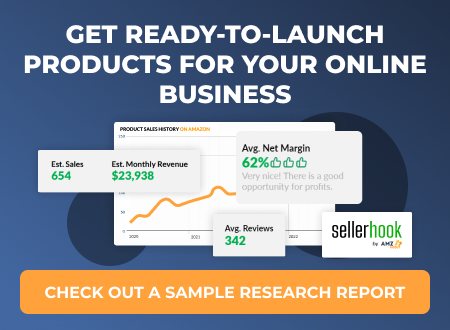
With Amazon FBA, you’ll ship all your products to them. They’ll store them in one of their warehouses, and when you receive an order they’ll package it up and ship it to the customer. You’ll pay more fees by selling this way, but it’s also a lot more convenient.
Generally, if you only plan on selling a few items at a time you can probably perform these tasks yourself. But if you plan on growing your business and selling a larger quantity you might want to think about FBA.
4. Win the Buy Box
Most of the products you acquire through online arbitrage will already have a listing on Amazon. This means you’ll be sharing a listing with a number of other resellers and will be competing with them for the Buy Box.
The Buy Box refers to the section of a listing where customers can add a product to their cart or click the “Buy Now” button. When someone clicks these buttons Amazon awards the sale to a seller based on a few different criteria, including:
Price
Order defect rate
Customer feedback
Length of time selling on Amazon
If you want to succeed on Amazon you need to make sure you’re winning the buy box as much as possible. Here are a few tips to help you out:
Price your products as competitively as possible. Lower prices increase your chances of winning the Buy Box, but you also need to maintain healthy profit margins, so your pricing should remain both attractive and profitable.
Use repricer software to automatically change your price based on certain factors. This helps make sure your price is always optimized.
Amazon favors sellers who use FBA, so fulfilling your orders this way will help you win the Buy Box more often.
Follow up with customers after their purchase to boost satisfaction and build trust. You can use Amazon’s “Request a Review” button to automate the review process, which helps to increase your product’s visibility and credibility through authentic feedback.
Make sure to continually monitor where you stand in regards to the Buy Box and stay on top of all the factors that influence your ability to win it.
Online Arbitrage Pros & Cons
Any method you use to source your products will have its pluses and minuses. The key is to find a tactic that best fits your business model and budget.
If you’re thinking about online arbitrage here are some pros and cons to consider.
Pros:
Low Cost: When you buy from wholesalers and manufacturers you’ll need to buy in bulk. Minimum order quantities can be high which usually means a large initial investment. With online arbitrage, you can buy as much or as little as you want, meaning you can start your business with a much lower budget.
Less Risk: Because you aren’t forced to order large quantities at once there isn’t the risk of being stuck with a lot of stock that you can’t sell. If for some reason you’re not able to sell your items you’ll only be out a small amount of money. For this reason, online arbitrage is a good choice for new sellers.
Don’t Need to Deal with Suppliers: For many people, dealing with wholesale companies and manufacturers can be intimidating. But with online arbitrage, you’re just buying from other online marketplaces like eBay and Walmart. If you’ve ever shopped online then you already know enough to get started.
It’s Easy: The whole process can be done at home from your computer. Virtually anyone can do it. It’s also a lot easier than retail arbitrage, which forces you to drive from store to store looking for deals.
Cons:
Smaller Profit Margins: Because you’re buying from other retailers you’re going to end up paying more per item. This doesn’t mean you can’t still make a profit, but you’ll make a lot less than you would if you bought from a wholesaler or manufacturer.
It Can Be Hard to Find Deals: Amazon already has very low prices, so it can be difficult to find products that are selling for less elsewhere. This means you could spend a lot of time searching and only end up with a few items worth selling.
Hard to Scale: Since profit margins are smaller and it’s harder to build up your inventory, scaling this into a full-time business can be difficult. While online arbitrage is a great way to make some side money if you want to make selling on Amazon the sole income you might need to explore other strategies.
Overall, if you’re a new seller and you don’t have a large budget, online arbitrage is a low-risk way to get started. However, as your business grows you may want to consider other business models that will allow you to scale up your operation.


3 Tips to Help You Succeed
Before you get started on your selling journey, here are three more tips to help you out:
Use the Right Tools: We already mentioned some tools above that make selling on Amazon easier, but there are plenty more out there. You’ll find tools that help you identify the best keywords, spy on competitors’ inventory, and optimize your ads. Most tools are available for a free trial so you can try them out and see which ones work best for you.
Use Amazon Ads: Using paid ads on Amazon is the best marketing strategy and a great way to boost your sales. Plus, they’re super easy to set up and very affordable. Just choose which items you want to promote, select your keywords, set a budget, and you’re good to go.
Use FBA: As we’ve already mentioned, the FBA program offers a number of advantages. Not only does it mean you don’t have to store inventory or fulfill orders, but also gives you a better shot at the Buy Box. If you can afford the extra fees it’s definitely worth it.
Conclusion
Online arbitrage is one of the easiest ways to get started selling on Amazon, and there are plenty of people who have built profitable businesses this way. If you take advantage of the many tools at your disposal and perform proper product research, then you can definitely find success with this strategy.
